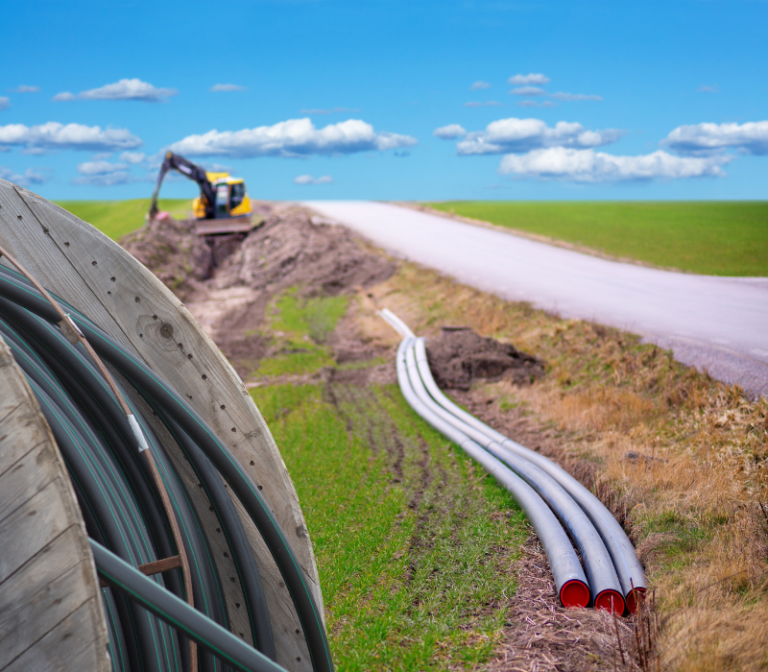The long-awaited federal infrastructure bill has finally been approved by the President.
What can state and local governments do with the $65 billion dedicated for broadband? States and local areas with connectivity projects & issues will discover a large number of funding alternatives. Here are some details about the new broadband infrastructure bill and what it means for telecommunication in the U.S.
$42 billion will be spent on the Broadband Equity, Access, and Deployment Program, which will be handled by the National Telecommunications and Information Administration (NTIA).
According to an article published on GovTech.com, This initiative will provide grants to states for:

The legislation also creates a grant program to support middle-mile infrastructure deployment, with $1 billion allocated for this purpose.
Middle-mile infrastructure is defined as broadband infrastructure that “does not connect directly to an end-user location” and can include leased dark fiber, interoffice transport, backhaul, carrier-neutral exchange facilities, undersea cables and connections to data centers.
The Tribal Broadband Connectivity Program (TBCP) was created to help meet the unique broadband needs of Native American tribes. The program provides $2B in funding to support the construction, expansion, and operation of broadband infrastructure and services on tribal lands.